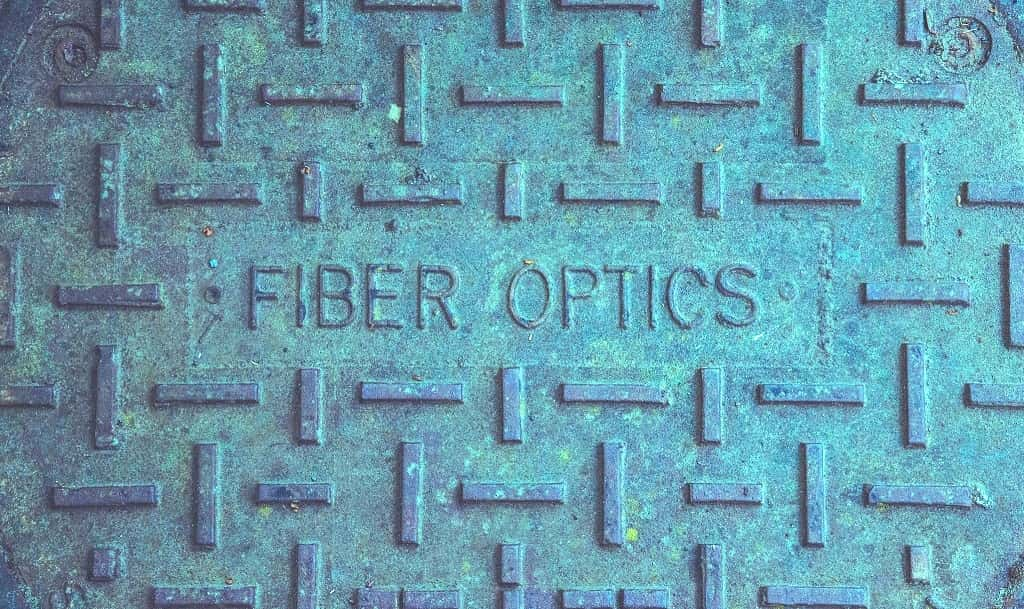
“25/3” Rule
Back in 2018, the United States abolished net neutrality rules. Since then, IT companies have sued the federal government, and some states like Washington, California, and Vermont have even implemented net neutrality at the local level, trying to turn the situation in their favor.
The outcome of such processes depends on the bureaucratic procedures established by government agencies such as the US Federal Communications Commission (FCC). In particular, it was the FCC that canceled net neutrality. Also, the FCC experts determine the parameters of broadband communications. They set the upper boundary of bandwidth, which indicates whether a user has high-speed Internet access.
The latter metric has already become a source of some absurd situations. Now in the United States there is a “25/3” rule, according to which a broadband connection is a 25 Mbps channel with an upload of 3 Mbps. Thus, in their latest report, FCC representatives noted that all residents of the country have high-speed Internet access, although in fact its quality is questionable.
Non-governmental organizations speak about the need to increase limits and call for a “refresh” of the standard. But the commission’s work suggests that this is not a quick process. Since 2010, the “4/1” rule was working in the country, and it was updated to the “25/3” level only in 2015.
Who is against?
Some believe that the regulator is not revising the standard in the interests of large telecommunications companies. The Electronic Frontier Foundation (EFF) notes that the metric masks market monopolization and problems with Internet access in remote regions of the United States.
Analysts from the Open Technology Institute conducted a study and found that Internet service providers in the USA are among the most expensive and slowest for such a developed country. The real average download speed is only 15 Mbps. For comparison, in Europe, it is 40 Mbps, Asia — 500 Mbps.
In order to improve this situation, the EFF is proposing that the FCC update its definition of broadband approximately every two to three years.
Moreover, the revaluation must be based on open data on user habits. So the standard will match the growth of consumption of Internet services in the country, and providers will have an incentive to develop infrastructure and offer better services to customers. Some FCC members are already in favor of raising the limits from 25 to 100 Mbps.
What to do?
Of course, it is not enough to simply change the definition of broadband internet to increase the connection speed for users. Some members of the government are taking steps to modernize the US network infrastructure globally. Democratic Secretary James Clyburn introduced the project of Accessible, Affordable Internet for All Act. It initiates national migration to gigabit networks and is part of a plan to support the population and overcome the crisis.
The project proposes to allocate $ 80 billion for the development of fiber-optic infrastructure in all states. A special Office of Internet Connectivity and Growth will coordinate the actions of local authorities. The new law could also abolish individual state acts that prohibit local communities from building their own broadband networks.
This is an important point for many people living in remote regions. About 50 million of them cannot change their provider, because only one company provides Internet access to their homes. Due to the lack of competition, they are forced to overpay for services of not the highest quality. New infrastructure can help solve this problem.
The EFF says that without the new law, the transition to gigabit networks in the United States could take several decades. But if adopted, it will also accelerate the implementation of next-generation Wi-Fi and 5G.